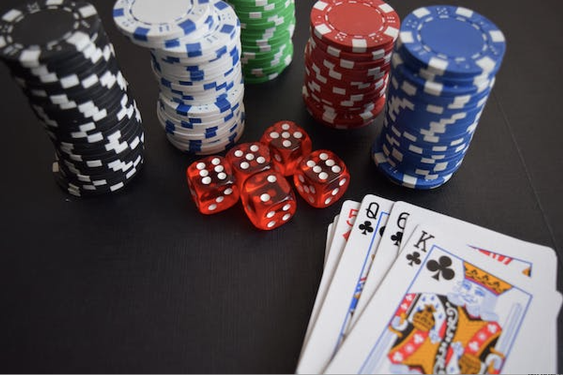But sometimes you will play a deep-chip tournament, such as the World Poker Tour Championship, where the buy-in is $25,000 but you start with $50,000 in chips.
In those kinds of tournaments, you will need to adjust your strategy to place emphasis on value betting, which is when you believe you have the best hand and try to find the right amount to bet in hopes you will get called instead of making your opponent fold.
Early in the 2005 World Poker Tour Championship, Joe Awada drew pocket jacks and bet $800 with the blinds at $25-$50.
"It just started," says Awada, CEO and president of Gaming Entertainment Inc., a company that creates table and video games for casinos, "so there was a lot of caution at the table normally."
But his opponent, Terry Fleischer, had aces and raised $1,500. Awada called. The flop came J-10-4 rainbow, giving Awada a set of jacks.
"I came out betting because I judged him on a big pair," Awada says. "I bet $1,500. He raised another $2,000. I called."
The turn came a 6 of clubs, which put a flush draw and two straight draws on the board.
"I’m still in the lead here," Awada says. "I checked and he bet $5,000. I reraised $10,000. He called."
The river came a 4 of hearts, eliminating flush and straight draws while giving Awada a full house of jacks over 4s. Unless his opponent had stayed in with pocket 4s, Awada had the nuts.
Now, he had to figure out how much he could bet to get a call from his opponent. He could’ve moved all in, but that might prompt his opponent to fold because he might not want to play for all his chips so early in a tournament.
So, Awada bet out $14,000, about three-quarters of the pot, which is a bet that told his opponent he had a good hand but maybe not the best. It worked. Fleischer called.
"He felt he had the best two pair," Awada says. "The lesson in the hand is the situation you’re in. In the beginning of the tournament, the caution flag is up. Nobody wants to get knocked out first. Nobody wants to get involved heavily unless they have the nuts.
"I put my opponent on a big hand, and I milked it as best as I could to get something out of him. If I go all in, I probably won’t get a call.
"How you do this is to value bet. If that was later, I probably would’ve gotten a little more money out of it because he had a bigger hand than me prior to the flop. I couldn’t be too aggressive because everybody is very cautious."
TABLE TALK
Top nuts: The best possible hand.
(Steve Rosenbloom is a sports columnist for the Chicago Tribune and the author of the new book The Best Hand I Ever Played, now available in bookstores. He can be reached at srosenbloom@tribune.com.)
© 2005, Chicago Tribune.
Distributed by Knight Ridder/Tribune Information Services.



